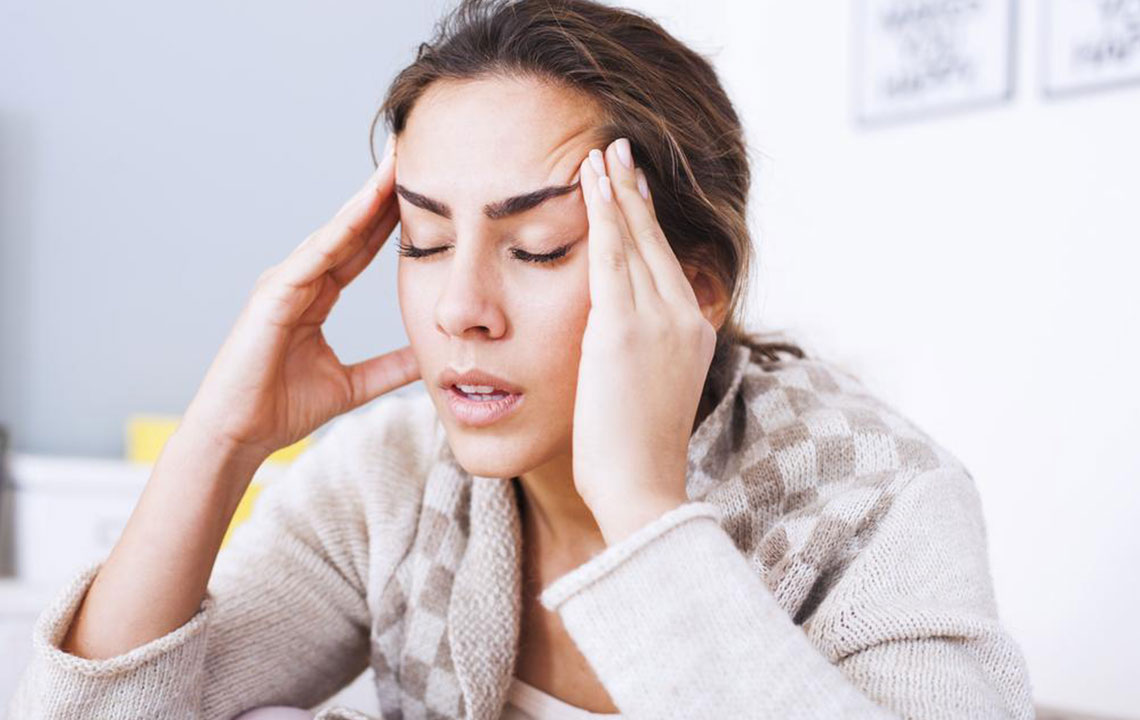
Migraine Headaches – Symptoms, Treatment Options And Causes
Migraines headaches often occur with nausea, vomiting, and hypersensitivity to light. They can last from 4 hours to 3 days and occasionally longer. As per The National Headache Foundation, around 28 million Americans a prone to migraine headaches, with women getting it more than men. The reasons of migraine headaches are not transparently understood. Earlier, it was intended that a migraine originated with a spasm or limited closing of the arteries, thereby directing to the main part of the brain (known as cerebrum). The first spasm reduces blood availability to part of the brain, which begins the aura (lights, haze, zig-zag lines, or other indications) that some people undergo. These same arteries then get to be relaxed, which increases the flow of blood and develops pain.
It was then found that dopamine and serotonin chemicals were starting to play a role in migraine headaches. (These are called neurotransmitters.) Dopamine and serotonin are usually found in the brain, but they can cause blood vessels to act in uncharacteristic methods if they exist in uncommon amounts or if the blood vessels are irregularly sensitive to them. These 2 theories are combined to known as the neurovascular theory of migraine headaches, and it is currently trusted that both theories give insight into the migraine headaches causes.
Different triggers are anticipated to be one of the main migraine headaches causes in people who are susceptible to developing them. Different people have various triggers.
– Smoking has been recognized as a trigger for multiple people.
– Some foods, like chocolate, cheese, nuts, alcohol, and monosodium glutamate (MSG), may boost migraine headaches. (MSG is a taste maker used in lots of foods, inclusive of Chinese dishes.)
– Avoiding a meal or changing the strategy of sleep may develop a headache.
– Stress, tension, increased emotional, or physical stress also cause migraines in some people.
– Contraceptives (birth control medicines) are a common trigger. Women may have migraines towards the end of a pill cycle as the estrogen part of the pill is terminated. This is noticed as estrogen-withdrawal headache.
– Getting addicted to caffeine or taking away from it may cause headaches.
– Weather change like biometric pressure change and altitude change also trigger migraine headaches.




